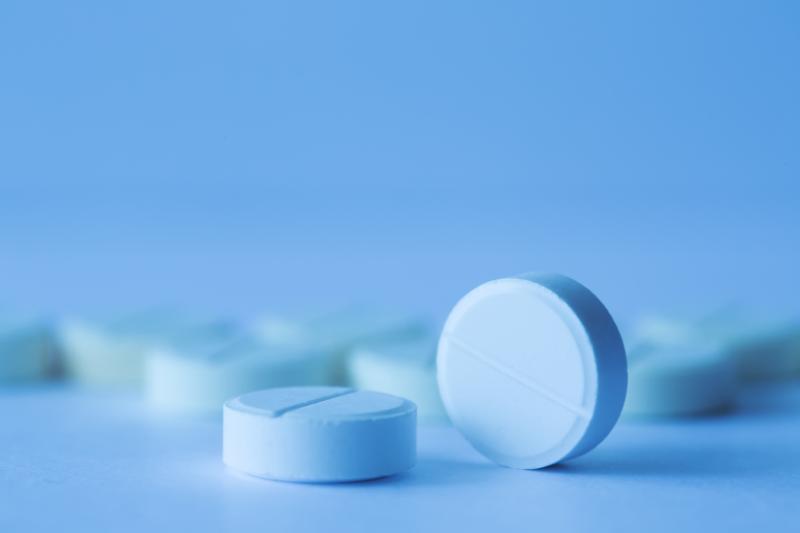
Provision of analgesia for extremity fractures continues to be unsatisfactory in the paediatric emergency department (PED) despite the increase of awareness, a Singapore study has found.
“Clinical practice may not have improved despite the increase in awareness of suboptimal analgesia at the PED,” the researchers said. “It is paramount for clinicians to consider patient characteristics, clinical conditions, and degree of pain in order to formulate an effective strategy for analgesia.”
This retrospective study was conducted from November to December 2017 and included patients with a diagnosis of extremity fracture involving the upper or lower limb. The researchers collected and analysed information about patient demographics, diagnosis, pain score, analgesia use, and clinical progress.
Of the 101 patients (mean age, 8.5±4.2 years; 61.4 percent male) included, 76 (75.3 percent) had fractures involving the upper limb, and 25 (24.7 percent) had fracture involving the lower limb. The mean pain score at presentation was 3.3±2.3. [Proc Singapore Healthc 2020;29:108-112]
Only 10 patients (9.9 percent) were given analgesia, with oral paracetamol (n=5) being the most common medication administered. The median time between arrival in the PED to analgesia administration was 69 minutes (range, 25–328 minutes).
“Optimal analgesia can improve clinical outcomes, satisfaction with care and the patient–doctor relationship,” the researchers said. “However, despite the increase in awareness, analgesia for these patients remains underutilized, inadequate, and delayed.”
Treatment options for fracture pain vary according to patient characteristics and fracture location, and no single best option exists, according to the researchers.
Although paracetamol was the most commonly prescribed analgesia in the current study, oral ibuprofen has been identified as the more effective option for extremity fracture, but monotherapy with ibuprofen alone may still be inadequate, they added. [Ann Emerg Med 1994;23:203-207; Pediatrics 2007;119:460-467; Curr Pediatr Rev 2018;14:34-40]
Oral oxycodone and intranasal fentanyl, which confer effective analgesia effect without significant risk of sedation and adverse effects, should also be considered, while intravenous opioids such as fentanyl and morphine must be considered for severe pain, the researchers said. [Paediatr Drugs 2004;6:11-31; J Emerg Med 2017;53:607-615.e2; Emerg Med 1999;11:90-94]
“Intramuscular medication should be avoided, as it can cause further distress, and titration can be difficult,” they added.
Apart from pharmacological agents, another effective strategy for pain reduction included early immobilization. Its effectiveness was shown by the significant decrease in pain score, even though the patients were not given analgesia. However, the researchers noted that analgesia should still be administered following immobilization.
“In order to address analgesia being underutilized, inadequate, and delayed for paediatric patients with extremity fractures in the PED, we propose that analgesia should be offered to every patient, and this should be initiated early in triage by a nursing-driven protocol,” the researchers said.
“As the optimal analgesic choice is still controversial, a serial assessment of pain scores should be performed to ensure that pain relief has been achieved. Nonpharmacological methods can act as adjuncts to optimize pain control,” they added.